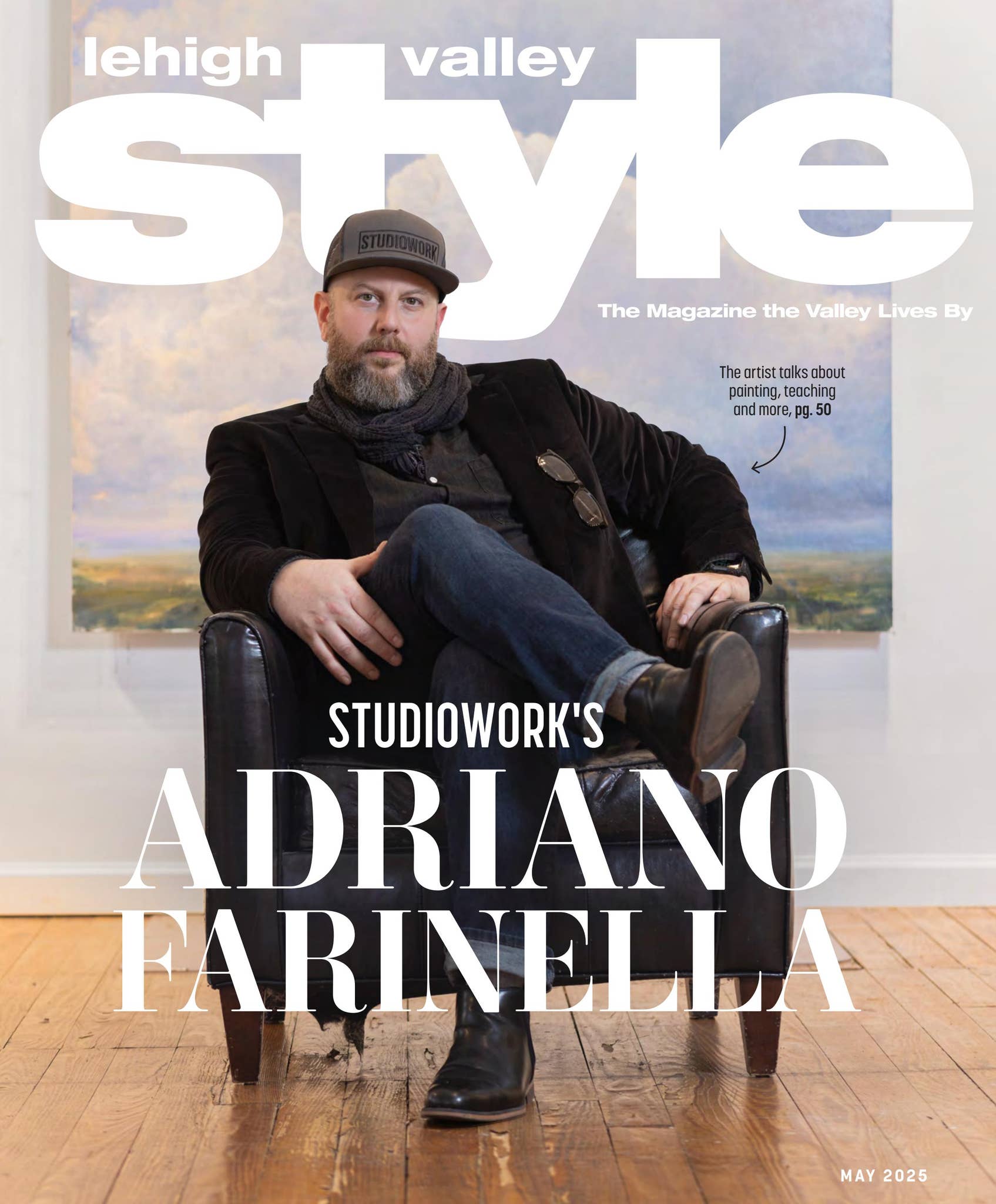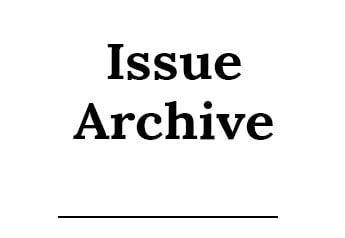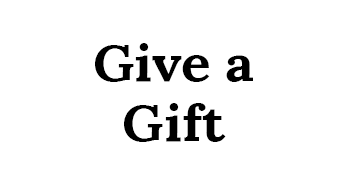Health doesn’t just deal with the physical body. The mind and spirit play important parts in a person’s full well-being, and Mariella Silva of Complete Stillness has dedicated her career to addressing each of these facets in helping her clients achieve their holistic wellness goals.
Tell us about your educational background and how that led to Complete Stillness.
My educational journey has felt guided, as if I’ve been steadily walking a path leading me to Complete Stillness. I chose this name because many of us ultimately seek a state of mind with peace, clarity and joy.
I began with a bachelor's degree in biology, which deepened my curiosity about how the body works and continues to draw me back to understanding the connection between physical and mental health. My path to healing started unexpectedly when I relieved my mother’s back pain without any formal training, using a massage book I bought at Barnes & Noble. Seeing my mom in pain was unusual for me, so I followed the book’s guidance—and she felt relief. That experience inspired me to become a licensed massage therapist. My journey then expanded into energy healing through the study and practice of Reiki.
Graduate school was the next step, where I earned a master’s degree in integrative health and wellness at Rutgers and worked as a research assistant. Our team published several scientific articles, allowing me to explore massage therapy and yoga from an evidence-based perspective. Seeking a deeper understanding of yoga, I completed a certification in the Himalayan Yoga Tradition and traveled to India to immerse myself in its teachings.
I later transitioned to a hospital setting, where I developed an integrative health program for children, young adults and families in an oncology clinic. During my time there, I pursued a master’s degree in healthcare administration, with the goal of expanding integrative health programs grounded in clinical practice. The program I helped create remains in place today.
During the COVID-19 pandemic, many people found meditation and yoga helpful, yet for some, it was difficult to sustain these practices every day. This event inspired me to study health coaching so I can support clients in building lasting wellness routines.
Each step I’ve taken has shaped Complete Stillness. My mission is to help individuals cultivate balance, resilience and peace on their unique wellness journeys.
What are some of the different wellness modalities you employ at Complete Stillness?
We offer health coaching, massage therapy, clinical aromatherapy, Reiki, meditation and yoga. We’ve also introduced wellness trips to various parts of the world, with our first trip scheduled for June 2025 to Peru. Over the years, I’ve learned that people need different modalities depending on their current stage of health. Some may benefit from a more receptive approach, seeking healing and comfort. Techniques like massage therapy, Reiki, clinical aromatherapy and guided visualizations are especially effective during times of high stress or illness, as they provide support and care. Others may need a more active approach, such as learning to meditate, practicing yoga or working with a health coach, where they take a proactive role in their well-being.
How do the mind and body work together when it comes to health and wellness?
The mind and body are intrinsically connected, and we need to learn to shift the perception of them being separate. When we’re overburdened, our immune system weakens, leading to illness and exhaustion. If a disease is present, it can spiral into stress and worry, creating a mental burden. These worrying thoughts become repetitive, leading to emotional burden. Strengthening the nervous system through meditation and breath awareness helps release overthinking and the resistance to things beyond our control. Healthy emotions and thoughts support a strong body, just as a healthy body supports a balanced mind.
How can health coaching help someone achieve their wellness goals?
In health coaching, we don’t tell people what to do—that’s a key difference from traditional healthcare, where they are told to quit something they may enjoy. Instead, we explore their ambivalence, helping them understand the importance of making healthier choices by identifying the factors that prevent them from change but align with their values and goals. Some people might be ready for change because their provider has recommended these changes, whether it’s unhealthy eating, tobacco use or stress and pain management. Once barriers are recognized, together we create strategies to overcome them, keeping clients on track toward their goals.
Some clients know exactly what their goals are but struggle to fit everything into their busy schedules. When we break down their goals, they often realize they can make room for healthier habits without adding stress. Others aren’t sure where to start and need guidance to take that first step.
Who can benefit from your approach to integrative health?
I work with clients experiencing cancer, back and hip pain, work stress, burnout and anxiety—some conditions may be temporary, while others can be long-term. I collaborate with and receive referrals from physical therapists, pelvic floor specialists and worker’s compensation cases.
Many people are unfamiliar with manual lymphatic drainage and assume it’s just another type of massage. In reality, it’s a specialized manual therapy that targets the lymphatic system rather than the muscular system, making it highly effective for reducing inflammation and supporting immune function.
For those experiencing panic and anxiety attacks, a combination of mindfulness practices, breath work and light yoga poses, or light massage therapy—paired with guided breath work and aromatherapy—can be beneficial. These techniques can be integrated into the same session or offered separately, depending on the individual's needs and comfort level, helping to regulate the nervous system and promote relaxation. If a client isn’t currently seeing a healthcare provider but could benefit from additional support, I provide referrals as needed.
What is your favorite thing about the services you offer to your clients?
Over time, I’ve learned to observe not just what clients say but also how their body moves, how they act and feel and where they hold their tension or pain. These subtle cues guide me in how I approach each individual’s journey. One of my favorite things about the services I offer is the opportunity to meet people where they are—whether they come in with specific goals or simply come in wanting to feel better but don’t know where to start. Witnessing their progress—not just physically but in their confidence, mindset and overall well-being—is rewarding.
What is your personal philosophy when it comes to wellness?
It’s empowering to take care of yourself by using techniques to calm your nervous system and reduce stress or pain. While support from others is sometimes necessary—and I am not dismissing that at all—learning that your body has the potential to heal itself and self-manage pain or stress is powerful. I realized this firsthand while healing from the symptoms of Rocky Mountain spotted fever, doubling down on my own practice. I used every modality I offer—either applying them myself or from other wellness professionals—and was able to heal my body in that way. Pain and stress take a toll on both the body and mind, and it gets worse if it’s not addressed.
Describe your morning routine. Is there anything you can’t start your day without?
I have one window on the side of my room without curtains, intentionally designed that way so that when I wake up, I can look at the beautiful sky and trees outside and be grateful to the Creator for the day. To be grateful is my first practice.
My morning routines vary in duration. Over the years, I’ve developed five-minute, 10-minute, 20-minute, one-hour and two-hour routines. I meditate every day. My shortest physical practice consists of three rounds of Sun Salutations, but the length of my routine depends on how early I have to see clients and leave the house.
During my two-hour sessions, usually on a Sunday, I integrate a combination of physical and meditation practices, self-Reiki, self-massage with rollers, essential oils and a hot bath. I consider it a gift when I have the time to do all of these practices.
What about your evening routine?
Developing an evening routine has given me the greatest challenge because I'm a night owl with a strong tendency to stay up late. I have to be careful not to read or journal for too long, as it can easily stretch into the early hours. I usually do a shorter meditation, or either read, journal or work on homework. I also make an effort to stay away from social media and avoid doom scrolling at night.
What are a few healthy habits you try to practice throughout the day?
One practice I consistently follow is checking in on my posture to see if I am keeping my back lengthened. It’s easier on the days I teach yoga as I’m more mindful because I talk about lengthening the spine, which serves as my cue. But if I notice my posture is slumped, it lets me know I am feeling tired. I gauge my day based on how my spine feels throughout the day. This guides my morning practice for the next day and potentially the whole week, helping me explore any mental or physical tension.
What’s something you love to indulge in?
I really love a good massage. In 2002, I traveled to China to study massage at a hospital and saved enough money to have one massage per day for close to fifteen days. My personal experiment led me to believe that after taking care of the muscle tension, the massage helped my body to produce endorphins. I was pretty blissed out when I came back to the U.S.
Do you have a preferred exercise routine?
Hiking is my favorite physical activity, but I strongly recommend having the right gear and products to protect yourself from Lyme disease and Rocky Mountain spotted fever.
What goals do you have for your personal wellness?
In the Himalayan tradition of yoga, we practice silence. Silence helps quiet the mind, especially when combined with activities like journaling, Hatha yoga, mindful walking and meditation. Our minds can be so noisy and restless—something I’ve come to realize during silence retreats.
This year, I’m dedicating one day each month to silence. I completed my first silence day in January. I remember many years ago a friend of mine, a medical doctor, had incorporated silence as part of his yoga practice. I was so impressed by that and couldn’t fathom how it could fit into my own routine then, as my life felt so busy. I feel incredibly grateful to finally integrate this practice into my life.
How do you relieve stress?
I like this question because it took me a while to answer it for myself in depth. To relieve stress, I rely on the same modalities I use with my clients—practices that have not only helped me recover from injuries but also eliminated my own ailments.
However, unlike my clients, my job involves constant talking, teaching, and guiding stress and pain management techniques. Many of the modalities I teach are also part of my personal practice, but I’ve realized that while I love both my personal practices and the work I do, it’s time for me to explore new ways to relieve stress outside of my usual routines. That’s why I’ve decided to take up something completely different—golf.
As we speak, I plan to start learning once the weather improves. Interestingly, two people have given me very different perspectives on it—one described golf as a meditative practice, while the other said it was highly competitive. We’ll see how that turns out!
Who is someone who you look up to?
One key influence in my life has been my spiritual and yoga teachers, particularly Swami Veda in the Himalayan yoga tradition, who taught me about the deeper aspects of yoga, which is really about quieting the mind and not just stretching. He had taken a vow of silence for five years when he was still in the body. He continues to be a great role model for me through his teachings, which live on in his books. I’ve also had the privilege of working with some amazing clients who are active and over 75. Many of them have strong wellness goals. My clients inspire and motivate me as well. I want to be as fit as them when I get to that age.
570.977.2215 | completestillness.com
Published as “Living Well With" in the May 2025 edition of Lehigh Valley Style magazine.
















